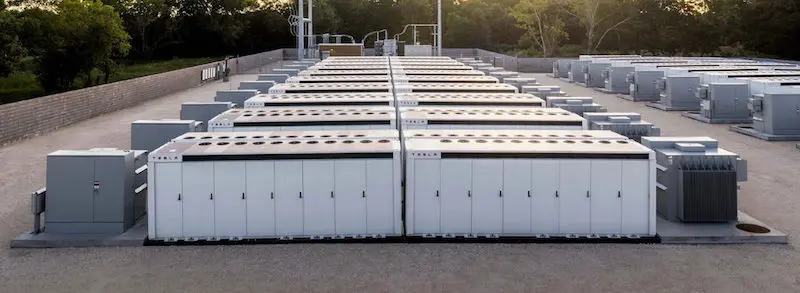Battery storage developer Firm Power says it has received planning approval for three of its big battery projects in Australia, including a 340 MWh facility in New South Wales that raced through the development approval process in just six months.
Firm Power’s newly appointed CEO Nick Rose says the 170MW, two hour (340 MWh) Beresfield battery in Newcastle had benefits from an improved process from the NSW Department of Planning and Environment (DPE), which has been criticised for its slow rate of approvals.
“It seemed that we had more coordination and more involvement of people with seniority within DPE,” Rose told RenewEconomy on Monday.
“Some of those 50/50 issues that more often than not don’t fall in our favour, started to be managed and we were able to work through them better than we have in the past.
The issues creating DPE sticking points are transport, as many renewables projects tend to be in areas that don’t see much heavy truck traffic, and community engagement.
“You do need to have an element of community benefit as part of your program,” Rose says. “The guidelines are still being developed particularly with councils as to what that community benefit will be, so there’s a need to have early engagement with councils to get them on board.
“It comes down to good site selection. The better the site selection the quicker the process will be. Industrial sites are well suited to this type of thing. Others… need more planning and consideration.”
In July the NSW government promised to speed up its approvals process, and this week rebooted and streamlined its transmission access program to help renewables and storage projects reserve a spot and avoid bottlenecks on the grid.
End of year trifecta for Firm Power
Firm Power says it has now had three two-hour batteries approved before the end of 2023 – and two were in NSW.
The Beresfield battery is in an industrial area near Newcastle, while the other NSW project is the 50MW one hour (100 MWh) Awaba battery near Ausgrid’s Awaba substation, also in the Greater Newcastle region.
Alongside the 150MW/300MWh Muswellbrook battery, which received development approval in mid-2023, the three NSW batteries will form Firm Power’s stand-alone ‘Hunter Dispatchable Energy System’.
The other pre-Christmas approved project is the 200 MW, two hour (400 MWh) Abermain battery in Queensland.
If the grid connection process goes well, Rose expects all three to be under construction in 2025.
Battery purgatory
Rose is approaching the coming year with caution, however, as the full implications of government interventions such as the Capacity Investment Scheme are yet to flow through to the private sector.
The CIS is a federal commitment to underwrite 32GW of new storage and renewable infrastructure, and fill or offset any reliability gaps as the country transitions from fossil-fuel based to clean energy.
“There remains a lot of noise [as companies make announcements that may or may not go ahead]. It’s challenging to get a battery project up. You don’t want to spook investors by saying there’s going to be too many batteries coming into the market,” Rose says.
“We’re in a period of purgatory, but that will be short term. Once that’s determined, battery growth will be strong.”
Rose is seeing a lot of people waiting out the uncertainty, or struggling through final investment decisions because they can’t predict how the CIS will play out.
Still, the main issues all remain within the planning process, Rose says,
“The major challenge I see is in the planning and grid process and the length of time it takes for a project to go from being a dream to a reality,” he says.
“Time equals risk, and it can kill deals.”
Batteries are the biggest business in renewables
Big batteries are still big business, as data shows energy arbitrage – buying electricity cheap and selling high – generated record revenue for batteries in 2023.
In July last year, Neoen said its four-hour Collie battery in Western Australia will likely to be one of the most profitable assets in its portfolio and prompted the company to lift profit guidance to more than €700 million ($A1.1 billion) from 2025 thanks to generous payments to squash the so-called ‘solar duck’.
CEO Xavier Barbaro said batteries usually deliver higher returns than wind and solar farms.
In South Australia, batteries are now regularly providing a significant amount of electricity during peak periods, times when we need it most.










